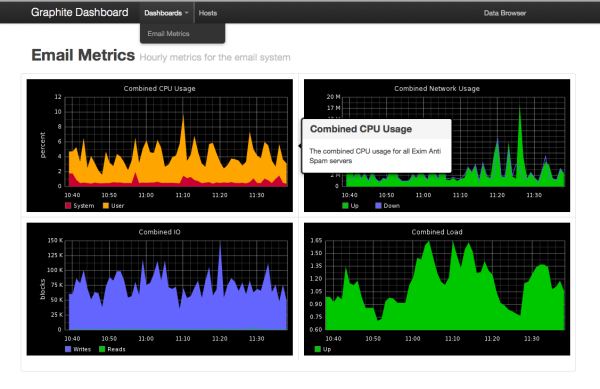ADB
- Plug the stick into the TV then in the settings enable debugging
- Unplug the device
- Install adb: sudo apt-get install android-tools-adb
- Create a new conf file: sudo gedit /etc/udev/rules.d/51-android.rules
- The file should contain only the following line, replace <username> with your username: SUBSYSTEM=="usb",ATTR{idVendor}=="2207",MODE="0666",OWNER="<username>"
- sudo service udev restart
- gedit ~/.android/adb_usb.ini
- The file should contain only the following line: 0x2207
- adb kill-server
- adb usb
- Plugin the device
- adb devices
Note: 0x2207 is the hex code for the UG007 device
Adapted from: http://www.slatedroid.com/topic/37572-how-to-adb-under-linux-solved/
Rooting
Download SuperSU
adb push psneuter /data/local/tmp
adb shell
$ cd /data/local/tmp
$ chmod 777 psneuter
$ ./psneuter
adb kill-server
adb devices
adb shell
ADB shell prompt should now be a hash '#' to indicate root
# mount -o remount,rw -t rfs /dev/block/st19 /system
# exit
adb push busybox /system/bin
adb push su /system/bin
adb push su /system/xbin
adb install Superuser.apk
If the install hangs or otherwise doesn't work: adb push su /system/app
adb shell
# chmod 4755 /system/bin/busybox
# chmod 4755 /system/bin/su
# mount -o remount,ro -t rfs /dev/block/st19 /system
# exit
adb reboot
Based on this guide from step 12. There are some key things that do not work - in particular adb install Superuser.apk and also I had to use SuperSU (apk filename is the same).
adb push psneuter /data/local/tmp
adb shell
$ cd /data/local/tmp
$ chmod 777 psneuter
$ ./psneuter
adb kill-server
adb devices
adb shell
ADB shell prompt should now be a hash '#' to indicate root
# mount -o remount,rw -t rfs /dev/block/st19 /system
# exit
adb push busybox /system/bin
adb push su /system/bin
adb push su /system/xbin
adb install Superuser.apk
If the install hangs or otherwise doesn't work: adb push su /system/app
adb shell
# chmod 4755 /system/bin/busybox
# chmod 4755 /system/bin/su
# mount -o remount,ro -t rfs /dev/block/st19 /system
# exit
adb reboot
Based on this guide from step 12. There are some key things that do not work - in particular adb install Superuser.apk and also I had to use SuperSU (apk filename is the same).
